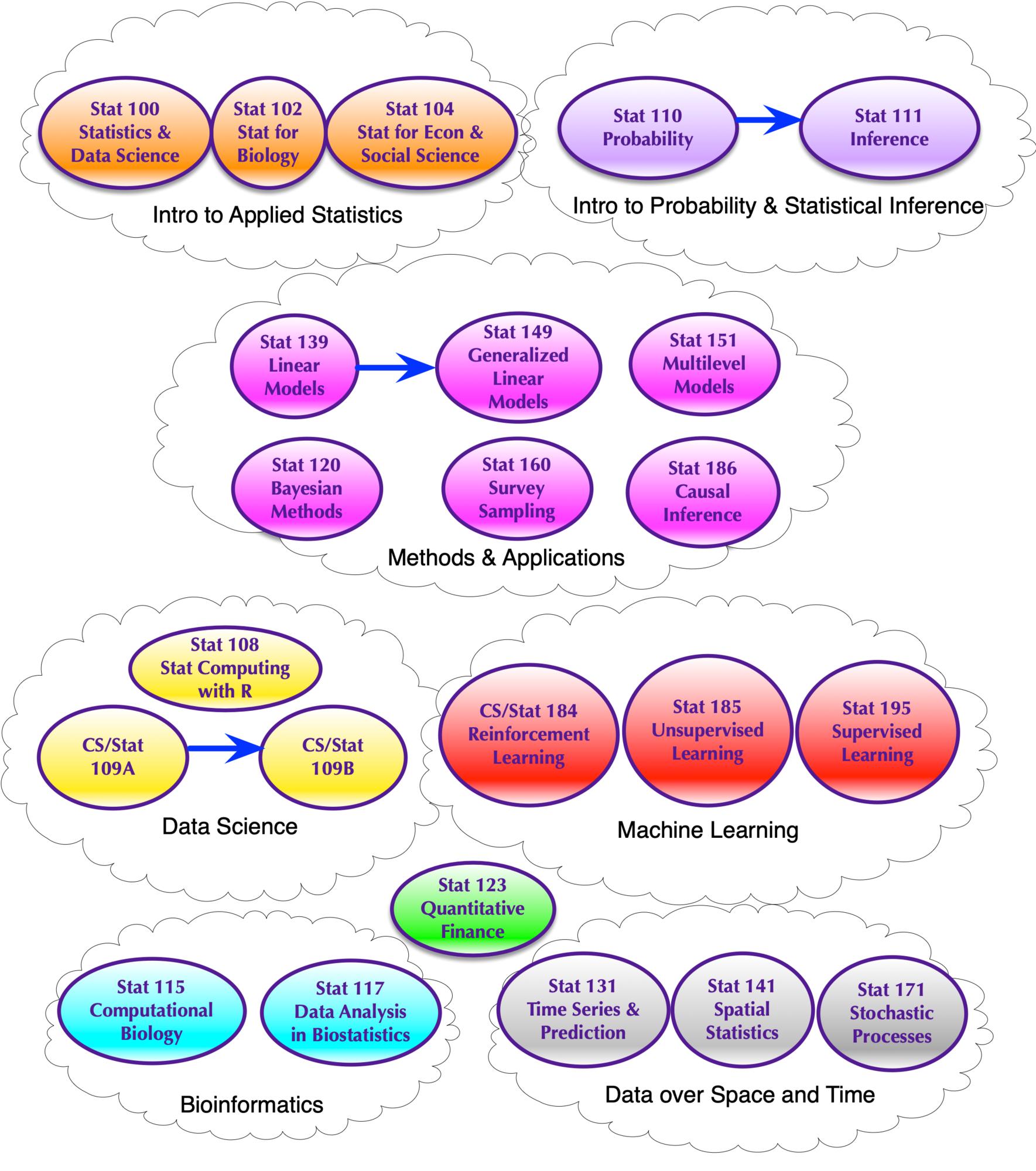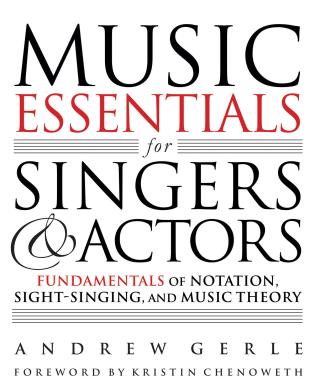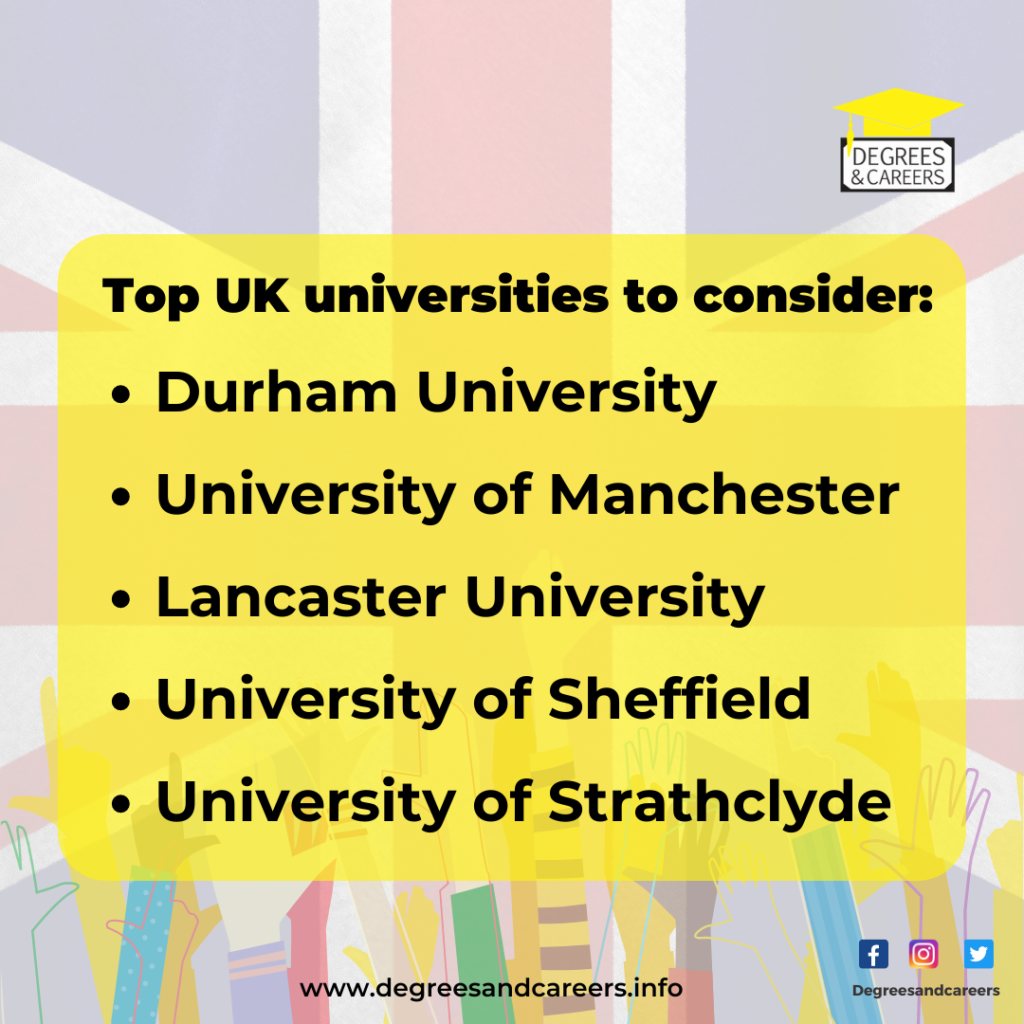
Counting, a key concept in elementary maths, helps kids to better understand the relationships between space and numbers. It can be difficult to learn and master. It is possible to teach counting skills by using counting games.
Several different types of counting games are available online to help kids practice their skills. These games can be played on any device, including a smartphone, tablet, or computer. They allow children to practice their counting skills while engaging in physical activity.
This is the first kind of game that uses a numbers chart to help children visualise numbers. This is particularly useful for preschoolers who are learning to skip count by tens, and it's a great tool that they'll use again and again in elementary school.
Another kind of counting game involves looking for objects around the house and outside. This is a fun and simple game that you can play with your child while they explore their home or neighborhood.

For example, you can search for the number o letterboxes or garbage trucks in your neighbourhood. This can be done anytime of the day, week or night and it's a great way for kids see how numbers are everywhere.
There are many other types and variations of counting games, such as ones that require solving a puzzle or finding hidden objects. These are great games to help kids practice their counting skills, even if they don't realize it.
These interactive games are excellent for teaching students to count up to a certain number. They're great for small groups or math centers, as well as before and after school. They are also great for introducing students to the game and getting them excited to learn their numbers.
Moving around the room is the next type of counting game. This game is great fun, and it's a great way for students to practice their number sense.
This game requires a group of students as well as cards with numbers between 1-9. To begin, choose a number and then invite a student to stand up and start counting.

After they've tallied the number, they can then take a seat and go back to the counting. If you want, you can also add a twist to the game by having them swap a number card for a silly word (e.g., number 3 for a banana).
This game can be used to test students' concentration and counting skills. This is a great game to teach students the number one through ten.
Lastly, there are a number of math games that can be played on the computer or tablet. These games are great for helping your students practice their counting skills and improve their ability to remember the numbers.
Counting plays an important role in math education. Your children should be able to count. It is a basic math skill that they will need to be able to master in order to succeed in the classroom and in life.
FAQ
How do I select my major?
Students choose their majors by their interests. Students may choose to major in the subject they are most passionate about because it is easier than learning something else. Others are interested in a career where there are few jobs. Others choose a major to make money while they study. Whatever your reason, you should think about what type of job you would like to have after graduation.
There are many options for information on different areas of study. Talk to your family and friends about their experiences. Look through newspapers and magazines to find out what careers are available. Ask your guidance counselor about possible career options. Visit the Career Services section of your local library. Get books on different topics at your local library. You can search the Internet for information about specific careers.
Is becoming a teacher difficult?
You must be a teacher. You will need to give a significant amount time to your studies.
While earning your degree, you should expect to work about 40 hours per săptămână.
Additionally, you need to find a job which suits your schedule. Many students report difficulty finding part-time jobs that work around their school schedules.
Once you land a full-time position, you will likely be responsible for teaching classes during the day. You may even need to travel to different schools throughout the week.
Do I want to specialize in one area or should I branch out?
Many students prefer to be a specialist in one subject (e.g. English, History or Math) rather than pursuing multiple subjects. However, it's not always necessary to specialize. For example, if you're considering becoming a physician, you could choose to specialize in either internal medicine or surgery. You can also become a general practice physician, with a focus in family medicine, neurology, psychiatry or gerontology. You could focus on sales, marketing, finance, research, and management if you are interested in a career in business. The decision is up to you.
How can I apply for college?
There are many different ways to apply to college. Start by speaking with your high school admissions counselor. Online applications are popular among high schools. Contact local colleges for more information. Most colleges accept applications online through their websites.
If you apply by mail, you will need fill out an application and to send copies of all necessary documents. You have the opportunity to express why you wish to attend this college and how it will benefit you. It also helps the admissions committee understand your goals and motivations.
Our website contains sample essays you can download.
What is homeschooling?
Homeschooling is an educational method where children are educated at home by their parents. It's also known as home education, self-education, and home educating.
Homeschooling is a great option for families who want to teach their kids at home. This allows them to get a quality education in the comfort of their own homes.
They educate their children right from birth through high school. They decide which subjects they will study and how long each one should be. The student learns everything in their own time.
It is up to parents when they want to teach their children. Many schools recommend children attend classes starting at the age of four or five. However, some families prefer to wait until their children are in kindergarten before they start teaching.
Any number of resources can be used by parents to guide them through the curriculum. Videos, books, websites, magazines, and even magazines can provide valuable lessons.
Many families find homeschooling works well for their busy schedules. Parents can spend more time with their children than in traditional public schools.
What is early childhood education?
Early Childhood Education focuses on helping children grow into happy and healthy adults. This includes teaching children how to read and preparing them for kindergarten.
Early childhood education aims to help children learn and grow through age-appropriate experiences.
Early childhood educators are often called upon to assess the developmental needs of each child they come across. This helps to decide whether a particular program is best for each child.
Parents can interact with teachers and professionals who have had experience working with young kids through early childhood programs.
A key role in early childhood education is also played by parents. They need to know how best to care for their children.
Parents can participate in activities that will teach their children life skills.
Although the term preschool education is often used to refer to early childhood education, it can also be used interchangeably for daycare centers. Prekindergarten education starts around three years ago, and early childhood education is similar.
How do you get scholarships?
To help pay college expenses, scholarships are grants. There are many types available in scholarships. These are:
-
Federal Grants
-
State Grants
-
Student Loans
-
Programs for Work Study
-
Financial Aid
Federal grants are direct from the U.S. government. Federal grants are subject to certain conditions. Financial need is one example.
State grants are offered by individual states. State grants can be offered by each state based upon financial need, while others are given for specific purposes.
Banks and lending institutions offer student loans. Students are often able to borrow money for expenses such as tuition or living expenses.
Work-study programs are designed to encourage employers to hire qualified students. Employers must pay at least the minimum wage to their employees.
Financial aid is available to help low-income families pay for college. It covers all or most of the tuition costs.
Statistics
- Among STEM majors, that number is 83.5 percent. (bostonreview.net)
- In most developed countries, a high proportion of the population (up to 50%) now enters higher education at some time in their lives. (en.wikipedia.org)
- Think of the rhetorical power of nineteenth-century abolitionist Harriet Beecher Stowe, Martin Luther King, Jr., or Occupy Wall Street activists with their rallying cry of “we are the 99 percent.” (bostonreview.net)
- Data from the Department of Education reveal that, among 2008 college graduates, 92.8 percent of humanities majors have voted at least once since finishing school. (bostonreview.net)
- And, within ten years of graduation, 44.1 percent of 1993 humanities graduates had written to public officials, compared to 30.1 percent of STEM majors. (bostonreview.net)
External Links
How To
What is vocational education?
Vocational Education is an educational system that prepares students for employment after high school or college by providing them training in specific skills needed for a particular job (such as welding). You can also get on-the job training through apprenticeship programs. Vocational education is distinct from general education as it focuses more on training individuals for specific jobs than on learning broad knowledge that can be used in the future. Vocational training is not designed to prepare individuals for university but rather to assist them in finding jobs upon graduation.
Vocational education can be offered at any level of schooling: primary, secondary, college, university, technical institutes and trade schools. There are also many specialty schools like nursing schools and law schools, legal schools, medical schools and dental schools as well as veterinary medicine, veterinary medicine, firefighting, police academies and military academies. Many of these offer both academic instruction, and practical experience.
Over the last decade, several countries have made significant investment in vocational education. The effectiveness of vocational education is still controversial. Some critics argue that it does little to improve students' employability; others argue that it provides useful preparation for life after school.
The U.S. Bureau of Labor Statistics estimates that 47% of American adults possess a postsecondary certificate, or degree related to current occupation. This is a higher percentage among those who have more education. 71% are currently employed in fields that require postsecondary qualifications.
According to the BLS in 2012, almost half of Americans had at the least one type of postsecondary credential. A third of Americans have a two-year associate's degree and 10% hold a four year bachelor's degree. One fifth of Americans had a masters degree or doctorate.
For those with a bachelor’s degree, the median annual income was $50,000. This is compared to $23,800 if you don't have one. For advanced degrees, the median annual wage was $81,300.
The median wage for people who did not finish high school was only $15,000. Earn $13,000 per annum for those with less high school diplomas.